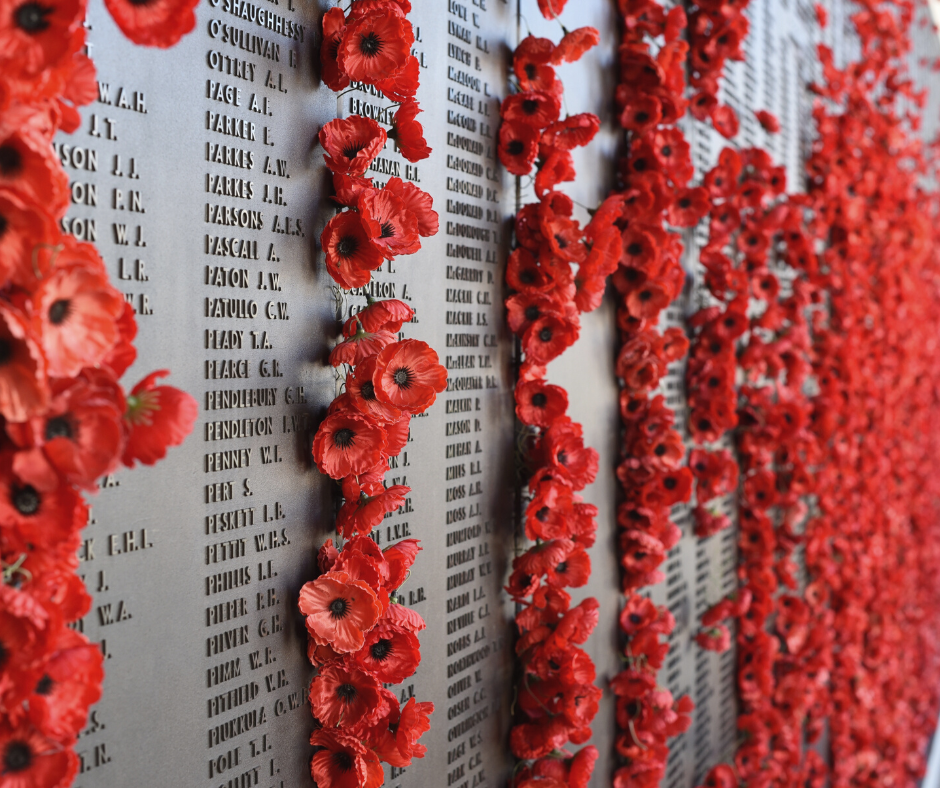Remembrance Day
- Michael Murphy

- Nov 11
- 3 min read

Each year, at the 11th hour on the 11th day of the 11th month, people from countries within the Commonwealth pay tribute to the those who have died or suffered in conflict while serving their country.
Remembrance Day is a commemoration that is widely seen as solemn and dignified.
In the United States of America, 11 November is commemorated as Veterans Day.
Originally known as Armistice Day, the exact timing of the memorial service has special significance as the date of the signing of the armistice between the Entente (or Allied) and Axis (also referred to as Central) powers, in 1918. The cessation of hostilities took place at 11:00 am on that day.
It ended four and half years of bloodshed and devastation, in what was said, to be the war to end all wars.
The use of the red poppy is synonymous with Remembrance Day. The poppy, as a symbol of remembrance, stems from the poem In Flanders Fields, composed by Canadian Lieutenant-Colonel John McCrae at a first-aid post in 1915.
In Flanders fields the poppies blow
Between the crosses, row on row
That mark our place; and in the sky
The larks still, bravely singing, fly
Scarce heard among the guns below.
We are the dead, short days ago
We lived felt dawn, saw sunset glow,
Loved and were loved, and now we lie,
In Flanders fields.
Take up our quarrel with the foe:
To you with failing hands we throw
The torch; be yours to hold it high.
If ye break faith with us who die
we shall not sleep though poppies grow
In Flanders fields.
In the poem McCrae uses the image of the poppy that marked the graves of the soldiers that had died fighting for their country at the second battle of Ypres, as a vivid contrast to the bleakness of battle and death, but also as a representation, or reminder, of its outcome through blood and the loss of life.

McCrae’s poem is also notable as an example of a message transcending generational boundaries. Like the wild poppies that grew in the region, the memory of those who made the ultimate sacrifice, lives on through the words of writers, the voices of veterans and the people who honour the day with their individual and collective moment of commemoration.
In 1919, the British Legion adopted the red poppy as their symbol of remembrance.
It was in that same year, that Australian journalist, Edward Honey, suggested a two-minute silence be held in London on the first anniversary of the signing of the armistice. A South African statesman had made the same proposal to the British Parliament, which endorsed it.

As the years move further away from 1918, time appears to have galvanised the sentiments of respect and gratitude towards those who have served their respective nations. Crowds at memorials have grown in numbers in recent years, with the young and old marking the day by commemorating those who have fought and died, while also honouring their sacrifice by searching for peace.



Comments